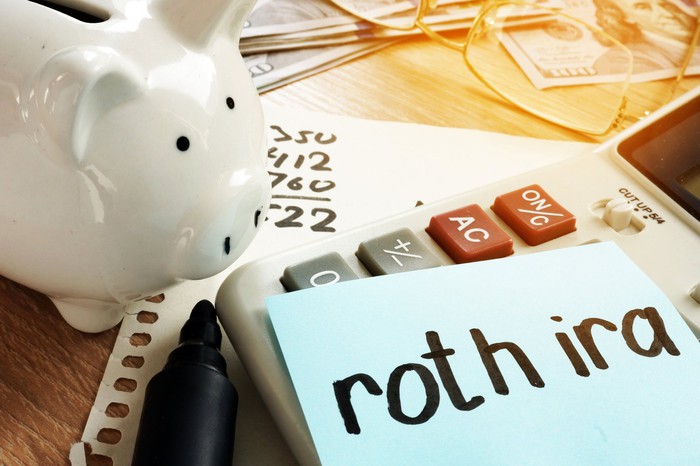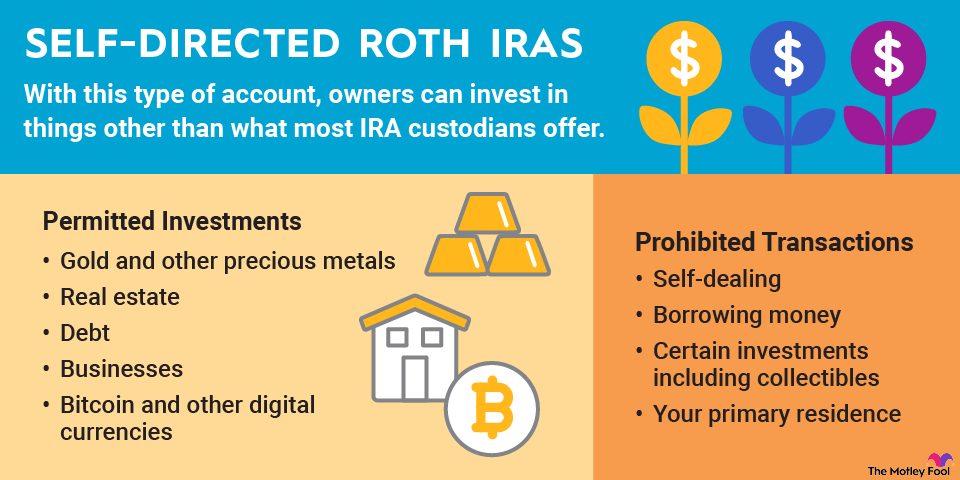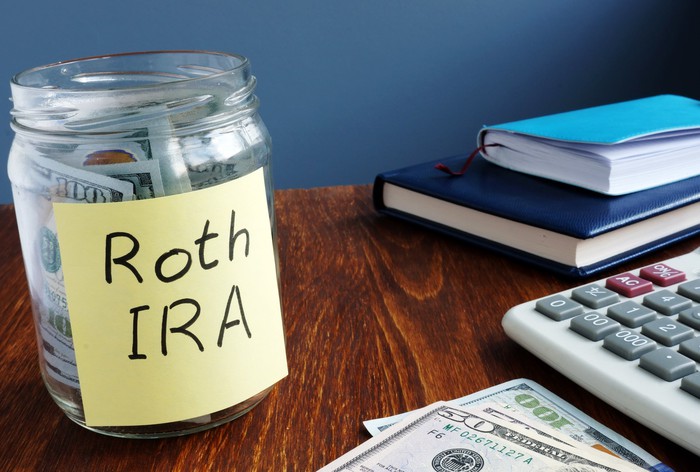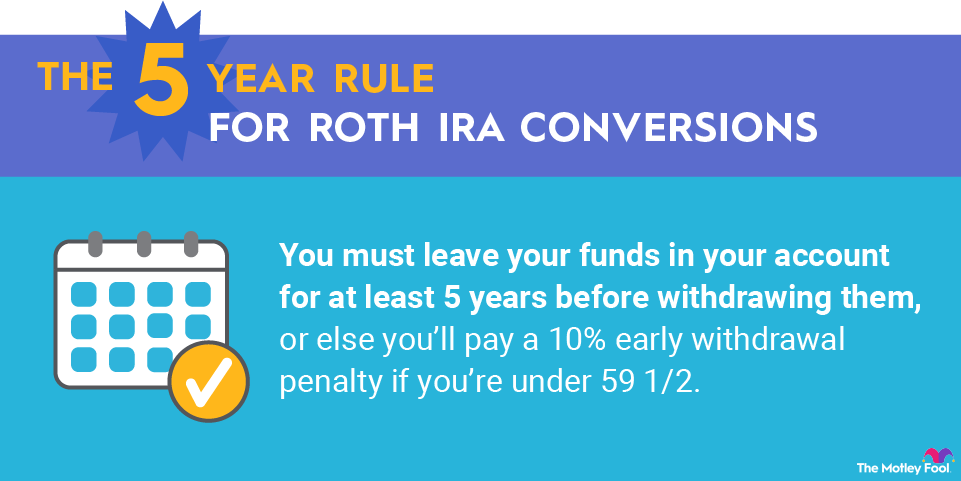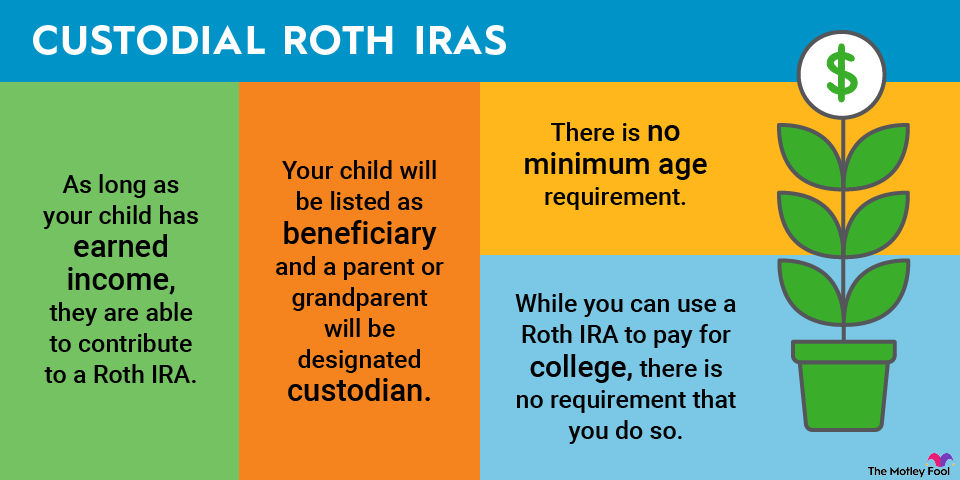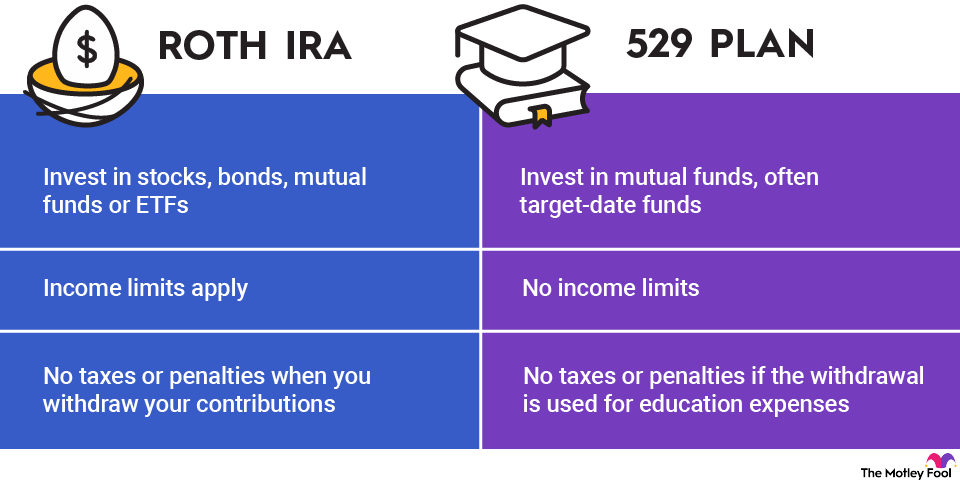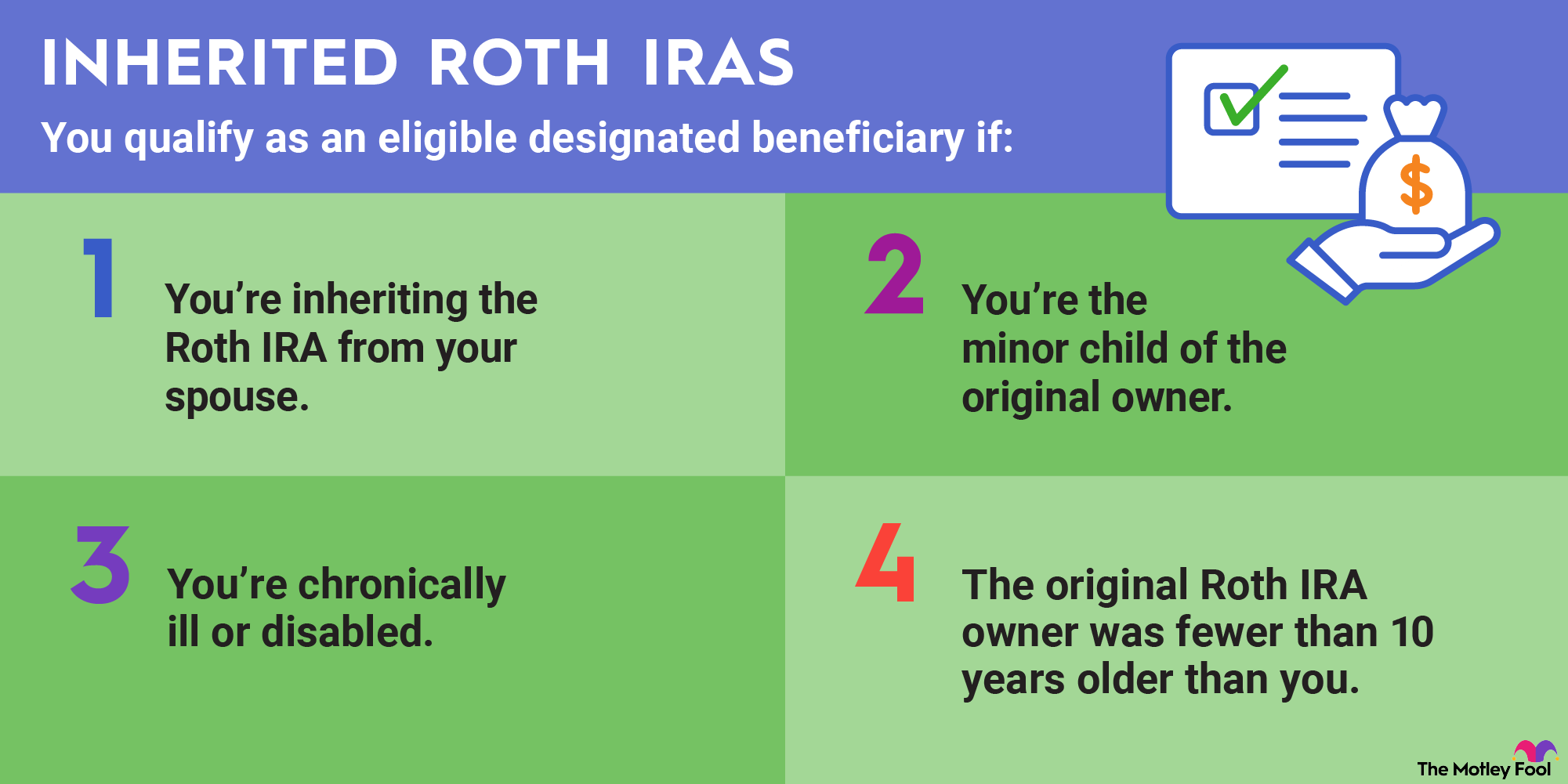Roth IRAs can be great tools to build wealth for retirement, but the government limits how much you can contribute to these tax-advantaged accounts.
While the rules are complex, it's surprisingly easy to make an excess contribution. Roth IRA excess contributions are contributions that exceed your annual contribution limit for the year.
That might not seem like a big deal, but the government comes down hard on people who make this mistake. Here's what you need to know about excess Roth IRA contributions, how to avoid them, and what to do if you've accidentally made one.

How Roth IRA excess contributions happen
Excess Roth IRA contributions are often a simple and easy-to-make mistake. Some common reasons for excess contributions are:
- Not realizing that traditional and Roth IRA contributions both count toward the annual IRA contribution limit
- Contributing more money than one has earned during the year
- Contributing more than one is allowed to because of high income
Avoiding these mistakes is usually a matter of keeping track of how much you contribute to all your IRAs during the year and understanding any other rules, such as the Roth IRA income limits, that might restrict how much you can contribute during the year.
Penalties for excess Roth IRA contributions
The IRS charges a 6% excise tax for every year the excess contribution remains in your Roth IRA. If you overcontributed by $1,000, you pay the government $60 every single year until you resolve the issue. So it's in your best interest to fix the problem using one of the methods below as quickly as possible.
Roth IRA excess contribution removal
If you catch your mistake before the tax filing deadline for the year, your best option is to remove the excess before you file your taxes. But hold on, it's not as simple as it sounds. You have to remove your excess contribution and any earnings attributable to that excess contribution.
You probably know how much your excess contribution was, and, if not, you should be able to easily figure it out by looking back at how much you contributed during the year. But figuring out how much you've earned on that excess contribution requires the net attributable income (NIA) formula. It looks like this:
Net income = Excess contribution x (Adjusted closing balance - Adjusted opening balance) / Adjusted opening balance
Your adjusted opening balance (AOB) is your Roth IRA balance before your excess contribution, plus all contributions, including the excess contribution, consolidations, and transfers into the account that you've made since the excess contribution.
Your adjusted closing balance (ACB) is the current value of your Roth IRA, minus any distributions you've taken or any consolidations or transfers you've made since the excess contribution.
Example of calculating the withdrawal
For example, say you accidentally contributed $8,000 to your Roth IRA in 2025, although you were eligible to contribute only $7,000 that year. So your excess contribution is $1,000.
Your AOB was $10,000, and your ACB is $12,000. You'd subtract your AOB ($10,000) from your ACB ($12,000), leaving you with $2,000. Then you'd divide this by your AOB, leaving you with 0.2.
Finally, you'd multiply this by the amount of your excess contribution ($1,000), giving you your net attributable income, $200.
So if you want to avoid the 6% penalty on your excess contribution, you have to remove the $1,000 contribution itself and the $200 you earned because of that contribution.
What if you lost money?
If you go through the preceding calculations and find you've taken a loss instead of earning money on your excess contribution, you subtract this loss from the amount you must withdraw.
For example, if you follow the formula and find out you've lost $200, you only have to withdraw $800 to satisfy the government.
Tax implications
Successfully removing the excess contribution before the tax deadline will help you avoid the 6% excise penalty, but you'll still have to pay income tax on this money. If you're younger than 59 1/2, the government will also charge you a 10% early withdrawal penalty on any earnings you withdraw. So in our example, you'd owe $20 of your $200 in earnings to the government, plus income tax.
If you don't remove your excess contribution before the tax deadline, you can file an amended tax return after you've removed the funds, but you must do this by the October tax extension deadline. The government will review this and refund you any penalties it's taken out if necessary.
Recharacterizing your excess Roth IRA contribution
Some people don't exceed the annual contribution limit but still contribute too much to their Roth IRA because their income is too high to qualify for a full contribution.
If this happens, you may be able to fix your mistake by transferring their excess contribution and any attributable earnings from a Roth IRA to a traditional IRA. Remember, traditional IRAs don't have an income limit for contributions (but the tax deduction is subject to income limitations if you have an employer's retirement plan).
This must be done in the same tax year if you want to avoid the 6% excise penalty, and you have to make sure you're still able to contribute more to a traditional IRA, or you'll end up in exactly the same spot.
Apply the excess contribution to the next year
You can fix excess contributions you've made in past years by reducing your contribution this year by the excess amount.
For example, say you were allowed to contribute up to $7,000 to your Roth IRA in 2025, but you accidentally contributed $8,000. You could correct your mistake by contributing only $6,500 in 2026 ($1,000 less than the 2026 limit). This way, the $1,000 is no longer considered an excess contribution but is instead a legitimate contribution for this year.
You will have to pay the 6% excise tax for the one year the excess contribution remained in your account, but you won't have to bother with withdrawals.
You must fill out and submit Form 5329 with your next tax return; this form calculates how much tax you must pay on your excess contribution.
Withdraw the excess the following year
Another option for those who didn't correct their mistake before the tax deadline in the year they made an excess contribution is to withdraw it next year. If you do this, you have to take out only the contribution, not any earnings. You'll pay the 6% excise tax for the year you left the excess contribution in your account, but you won't have to worry about this tax in future years.
The government charges you ordinary income tax when you withdraw these excess contributions, even though you already paid taxes on this income the year you earned it. It will also charge you a 10% early withdrawal penalty if you're younger than 59 1/2, so this isn't always an affordable way to fix your problem.
Related Retirement Topics
Other Roth IRA excess contribution rules to keep in mind
There are a few other rules you should keep in mind if you don't want to run into problems with the IRS:
- You must remove your excess contribution from the Roth IRA to which it was made. You can't withdraw the funds from another Roth IRA to make up for it.
- If you've made multiple Roth IRA contributions throughout the year, the most recent contribution is considered the excess contribution. You cannot withdraw an earlier contribution, even if doing so would bring your annual contributions into an acceptable range.
- If you've exceeded your IRA contribution limit for the year and you've made contributions to both traditional and Roth IRAs, the IRS considers the excess to have occurred in the Roth IRA. You must attempt to correct the problem by first withdrawing funds from your Roth IRA.
Making an excess Roth IRA contribution can be a headache, but it's not the end of the world. There are ways to fix it, no matter how long ago it occurred. But it's a lot easier if you just keep an eye on your contributions for the year and try to avoid exceeding the annual limits.

